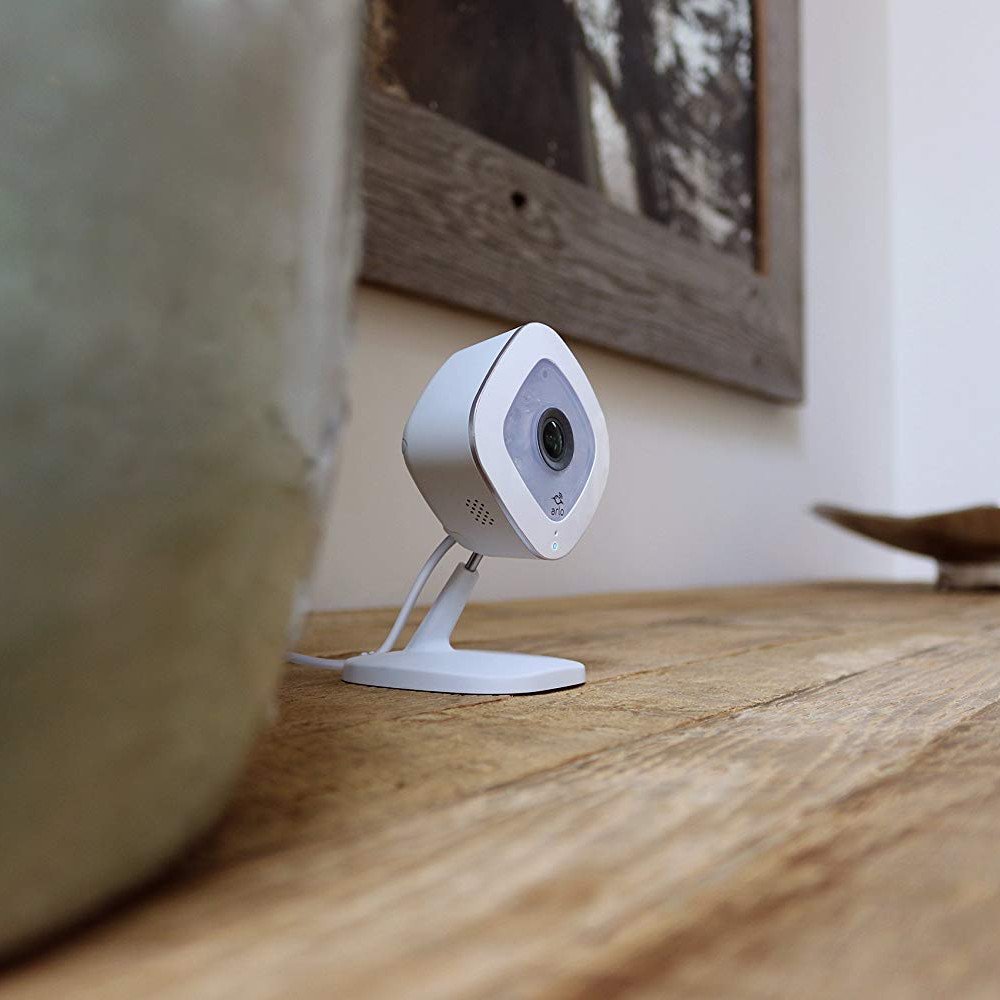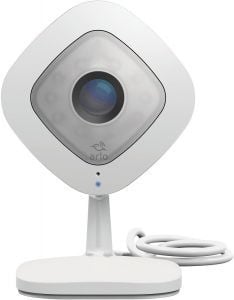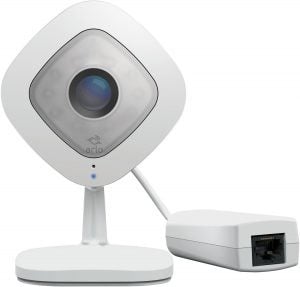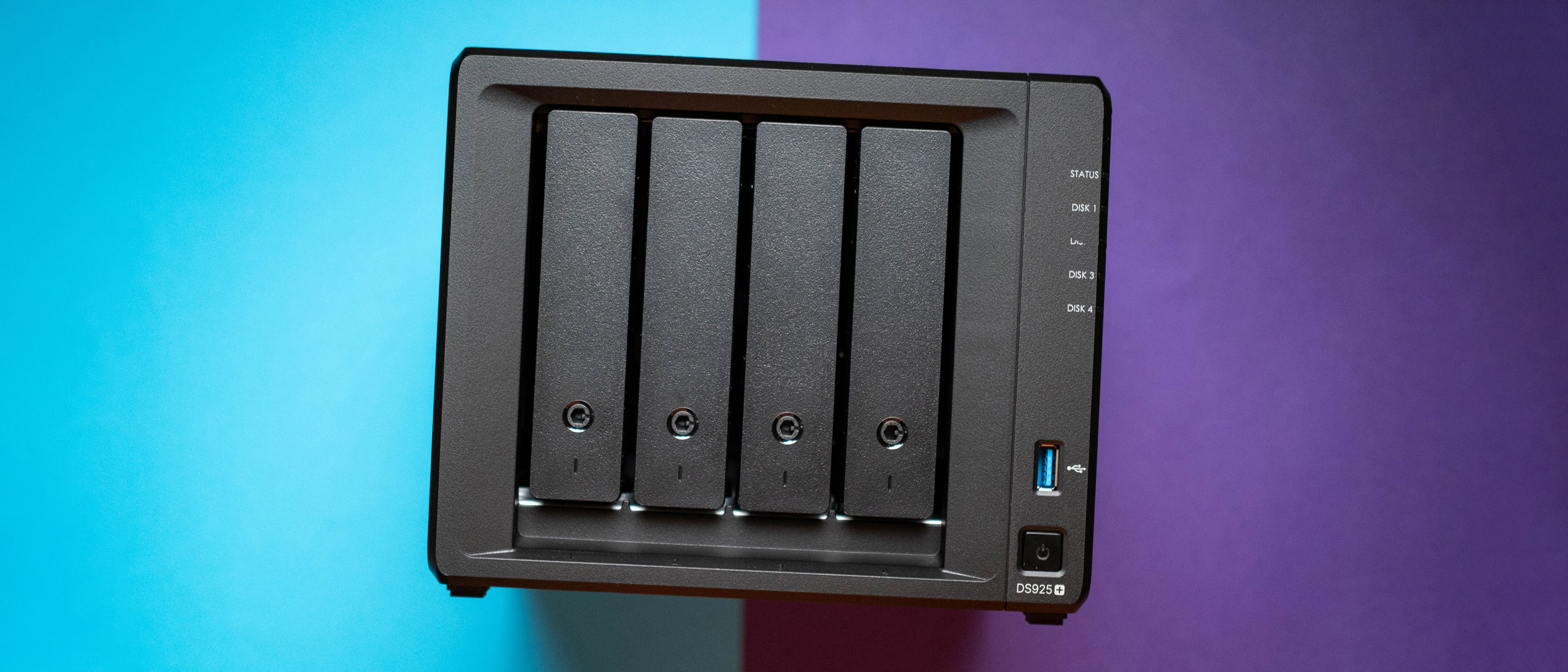Arlo Q vs. Arlo Q Plus: Which should you buy?

Arlo Q

The Arlo Q is an excellent stand-alone security camera for most needs. The video is clear, the app is easy to use, and setup is a breeze. You'll need a strong Wi-Fi signal and have to manage saved video through the app or cloud service, though.
Arlo Q
Standalone security
Arlo Q Plus

The Arlo Q Plus takes what's great about the original and adds two features: Power over Ethernet and local storage via an SD card slot. You pay a lot more for those features, of course.
Arlo Q Plus
Connection and power options
Know what you need
Both versions of the Arlo Q are the same when it comes to video and audio quality. They both use the same app and have the same controls, yet have a fairly large difference in price. This is because of the two extra features in the Plus model that you might not even need: Power over Ethernet (PoE) and local storage. Whether you need them or not, and whether you're willing to spend the extra cash, will determine which Arlo model is right for you.
| Header Cell - Column 0 | Arlo Q | Arlo Q Plus |
|---|---|---|
| Resolution | 1080p | 1080p |
| Two-way audio | Yes | Yes |
| Stand-alone | Yes | Yes |
| 24/7 recording | Yes | Yes |
| Pan and Zoom | 1080p | 1080p |
| Weatherproof | No | No |
| Connectivity | Wi-Fi | Wi-FiEthernetPower over Ethernet |
| Local storage | No | Yes |
Both models of Arlo Q are great indoor security cameras, especially if you don't want or need a base station or complete security system. They use the app for Android, iOS, or Amazon's FireOS and are easy to connect and place just about anywhere you might need them.
There are a few drawbacks — I wish you could share your camera controls and view with another user, and they both aren't good products if you need something for outside of the house. The Arlo Q Plus does add two features that many will find necessary: PoE and local storage.
PoE means you won't have to hire an electrician if you don't have an outlet handy.
Power over Ethernet adds two options. The first, and most important for a lot of us, is that you don't have to have an AC plug nearby to use them. PoE is exactly what it sounds like: you can power small devices over an Ethernet cable. That means no hiring an electrician to add a plug when you can run the Cat 6 cable yourself. It also means you'll have a fast connection even in places where your Wi-Fi router won't reach.
Local storage is a big plus because the Arlo Q can be operated as a 24/7 continuous security cam. Without that storage, you'll either need to have the app open and watching 24/7 or pay for extra cloud storage (you get seven days worth of storage for free and other packages are available) to keep all the footage. That can be expensive, and having local storage allows the Arlo Q Plus to act as an inexpensive stand-alone 24/7 camera without buying any DVR device or being in dire need of cloud storage.
Be an expert in 5 minutes
Get the latest news from Android Central, your trusted companion in the world of Android
Both models are great, but buying the Arlo Q Plus is wise if you think you'll ever need a 24/7 camera or want to use the Power over Ethernet option. If not, save the $75!

Jerry is an amateur woodworker and struggling shade tree mechanic. There's nothing he can't take apart, but many things he can't reassemble. You'll find him writing and speaking his loud opinion on Android Central and occasionally on Threads.
